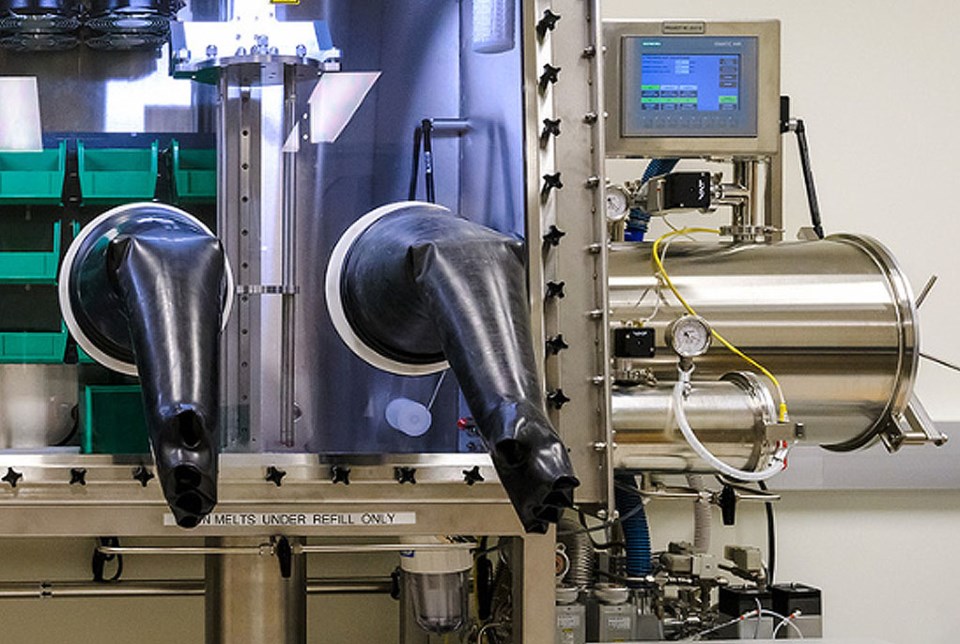REGINA — Innovation Saskatchewan is allocating more than $580,000 to three research projects at the University of Regina in nuclear energy, subatomic physics and high-performance computing in nuclear science through the Innovation and Science Fund (ISF).
ISF matches federal innovation funding dollars for projects from Saskatchewan universities, colleges and research institutes to promote research excellence and competitiveness in the province, according to a press release.
The program funding supports three projects advancing science in priority research areas for the U of R:
Nuclear Energy and Science
- $200,000 – Small Modular Reactors (SMRs) Fuel Corrosion Laboratory led by Dr. Arthur Situm. This project will study ways of preventing rust and damage in materials used to protect fuel in SMRs and provide advanced training opportunities in SMR technology. With Saskatchewan and the world’s renewed focus on nuclear power as a cleaner energy source, this project aims to make SMRs safer and more efficient and provide valuable insight to government and industry.
- $83,109 – Multi-scale studies of the Nuclear Medium led by Dr. Gojko Vuljanic. This funding will be used to upgrade simulation lab equipment for studying nuclear matter under extreme conditions. This advanced research will accelerate nuclear science leadership in Canada and help develop new, beneficial, technologies, such as computational accelerators, which are needed to significantly expedite calculations related to Artificial Intelligence (AI) and supercomputing.
Subatomic Physics
- $300,000 – Solenoidal Large Intensity Device (SoLID) Heavy Gas Cherenkov (HGC) Detector led by Dr. Garth Huber. The funding will be used to help construct and test components of the HGC, a critical piece of SoLID, one of the world’s most powerful microscopes. The SoLID project is a collaboration of 300 members from 70+ institutions in 13 countries, and the HGC detector is a significant part of Canada’s contribution to advancing physics globally.
These projects leverage the strong research presence U of R has in subatomic physics and nuclear energy and science, furthering Saskatchewan’s capacity to attract and retain highly qualified researchers and train the next generation of scientists on emerging technologies and advancements to support the province’s energy, technology and growth goals.
"Many of the world's most significant advancements in renewable energy, medicine and defence have stemmed from research in subatomic physics and nuclear energy,” University of Regina President and Vice-Chancellor Dr. Jeff Keshen said.
“The Government of Saskatchewan's support positions our researchers as leaders in innovation, working to ensure a better quality of life both provincially and nationally. Their discoveries will be crucial to a strong and sustainable future for Saskatchewan."



